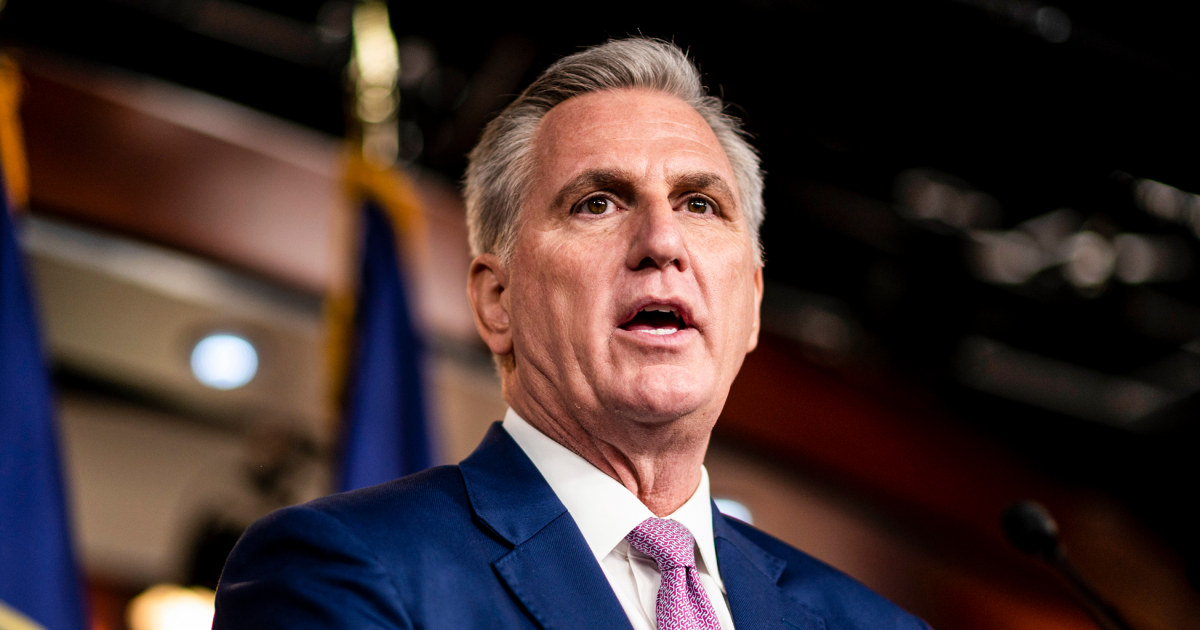A decades-long fight over the leadership of one of New York’s most prominent Hasidic Jewish groups descended into chaos this week, when one faction clashed with police over a tunnel that had been secretly built to the movement’s main synagogue.
The tunnel, a passage between the headquarters of the group, the Chabad-Lubavitcher movement, and at least one adjacent property, was first discovered late last year. according to local news reports. But on Monday afternoon, after a cement truck was brought in to fill it, some Hasidic men tried to block that effort.
Police were called and officers said they found a group of men breaking down a wall of the prayer space that led to the tunnel. After the resulting standoff, which included skirmishes with officers, nine people were arrested, according to the Brooklyn district attorney’s office.
Rabbi Motti Seligson, a Lubavitcher spokesman, described those who had created the tunnel as a group of “extremist students.”
“This is obviously deeply concerning for the Lubavitch movement and for the Jewish community around the world,” he said in a written statement.
The conflict took place at 770 Eastern Parkway in Crown Heights, Brooklyn, the movement’s world headquarters, which is often referred to simply as 770 and is one of the city’s most important religious sites.
It is still not known exactly who built the tunnel, how they did it or what they hoped to achieve. But two men who said they spoke to some of those who broke through the synagogue wall said the motive was to speed up an expansion of 770, a move they say the leader of the Lubavitcher movement, Rabbi Menachem Mendel Schneerson, known as the Rebbe, asked more than three decades ago.
The desired expansion is part of a conflict over the movement’s future that goes back at least 30 years.
The Hasidic group has been facing an internal dispute since the Rebbe died in 1994. No successor has ever been named.
The traditional Lubavitcher leadership is committed to carrying out the Rebbe’s teachings and vision. But a smaller faction within the movement claims that the Rebbe is actually the Messiah, and some in that group believe that he never actually died. Legal disputes over the role of 770 (including whether a plaque on an adjacent building might refer to the Rebbe as deceased) have raged for years.
Conversations with members of the Hasidic community and reports from the local Hasidic press indicated that a group of Messianic students were likely responsible for the construction of the tunnel, which they believe is a way of respecting the Lubavitcher Rebbe, of whom they speak in the present tense. .
“They did it to expand the 770 and make it bigger,” said a man who identified himself as Zalmy Grossman and said he knew some of those arrested. “They have come to fulfill the Rebbe’s wishes.”
Omri Rahamim Bahar, 22, has been studying at 770 since he arrived in New York from Israel four years ago. He said community members were frustrated by leaders’ inaction in expanding the building to address overcrowding during worship. Then, he said, some began to take matters into their own hands, in part by creating a tunnel from an adjacent building leading toward the sanctuary wall.
After the cement truck arrived at 770 on Monday, some of the men decided to break into the sanctuary from inside the tunnel. A video showed at least one man emerging from the tunnel covered in dust to applause from his followers.
“Of course it is difficult and it doesn’t feel good to see the main wall of the shrine with a hole, but I know there is no other way,” Bahar said.
Videos taken Monday from inside the building showed tumultuous scenes, mostly Hasidic youth sitting in the tunnel, apparently to try to prevent it from filling.
Videos and photographs also showed some Hasidic men tearing wood panels from walls, and groups of men using large benches to physically prevent police from intervening and then clashing with officers, before one of the officers appeared to use some type of spray to disperse the crowd.
News of the chaos spread quickly on social media, eventually leading to a proliferation of anti-Semitic social media posts about X, in particular.
Shmuel Spielman entered the sanctuary Monday night to say his evening prayers. Shortly after entering, he saw “a commotion,” he said, describing a scene in which a handful of youths (some of whom he recognized) broke through the wall. “This is where the Rebbe prayed,” Spielman said, using a Yiddish term for prayer. “I find it very disturbing.”
Knowing that the sanctuary would be closed in the morning, he gathered his prayer materials and agreed to meet at another community member’s home on Tuesday for the morning service. He arrived Tuesday at 7:70 noon to find out if the building had reopened yet. It wasn’t, so he prepared to head to a large white tent that housed those who wished to pray outside the building.
A spokesperson for the city Department of Buildings said inspectors were still on site at 770 Tuesday night and were investigating the structural integrity of the building following the damage.
Jonah Markowitz and Chelsia Rose Marcius contributed reporting.



